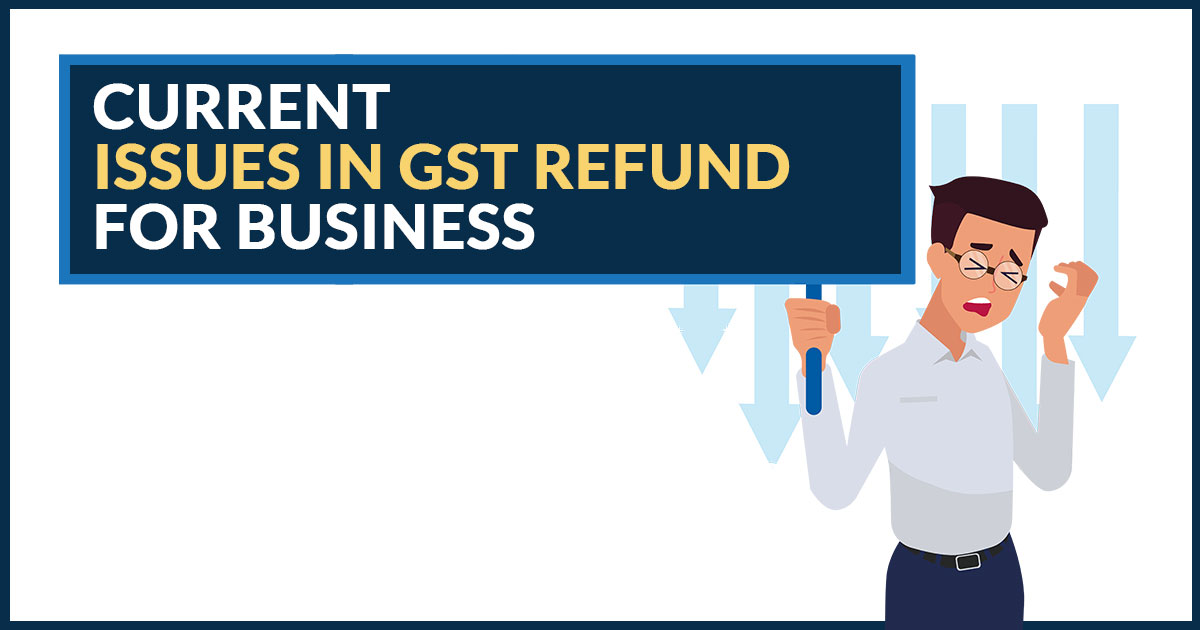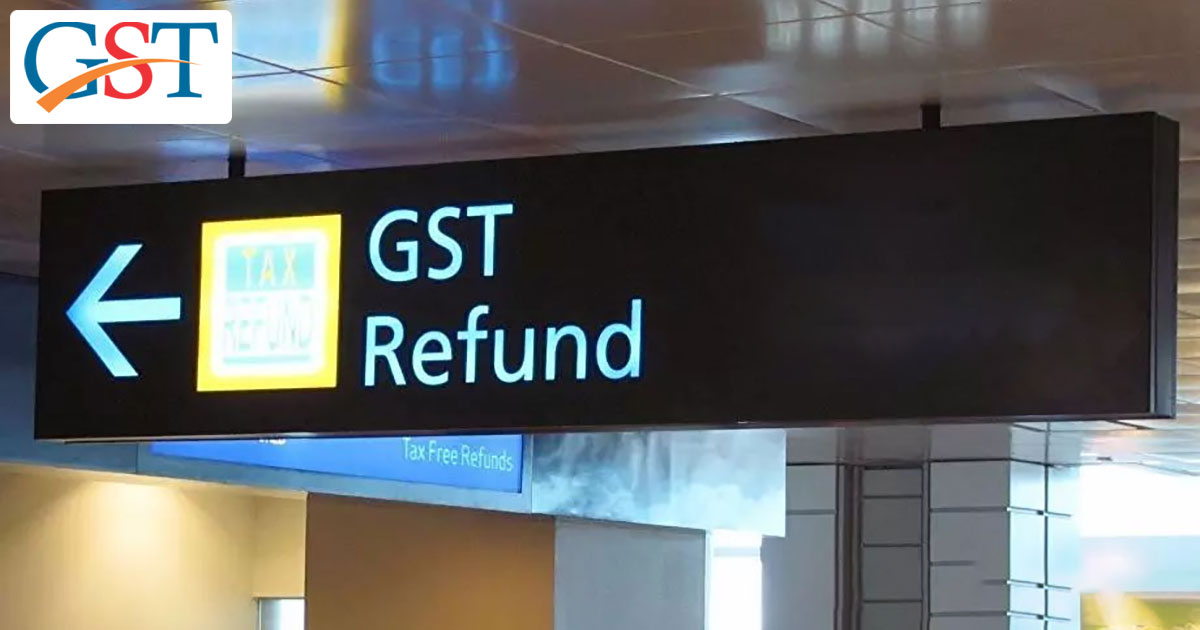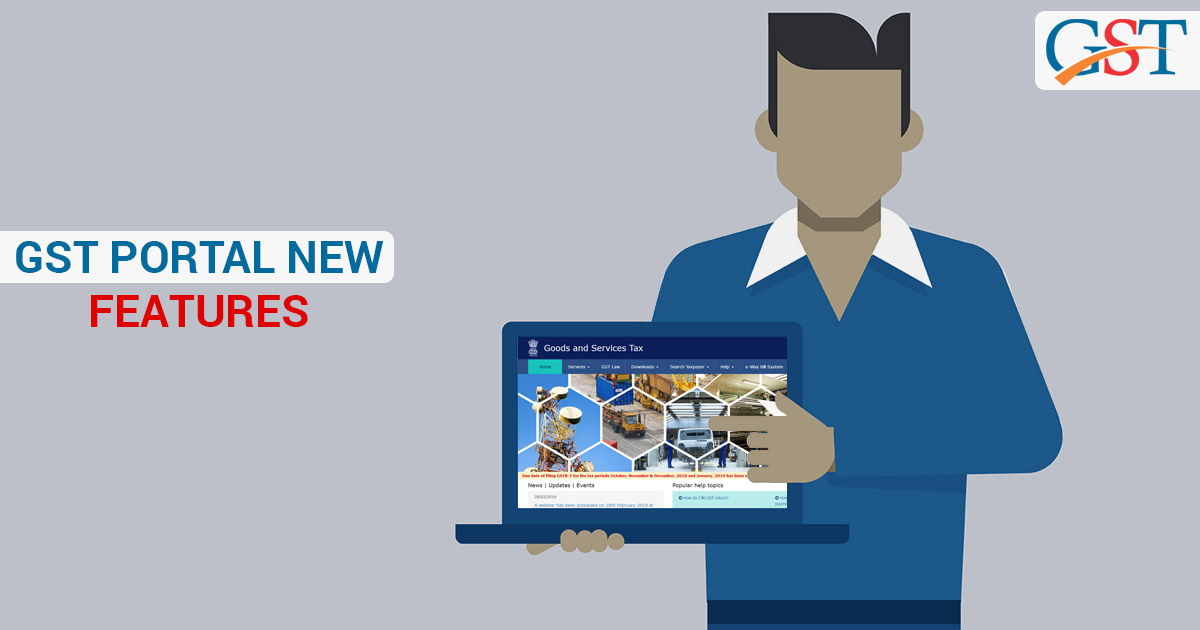
Worth mentioning that to put an end to the pending disputed GST refund-related claims and for lessening future disputes, the Government does not need to introduce structural changes or make amendments in the tax law.
For facilitating the taxpayers, the government needs to introduce a hassle-free mechanism. And an apt refund mechanism is a prerequisite for the tax administration. Apt GST Refund mechanism 
The second wave of Corona has hit the companies on a large scale and consequently, the government is closely watching and emphasizing resolving the various issues for the GST refund.
For Instance: the CBIC has recently launched a special initiative to clear all those refunds that are pending and that too within a month. And the aforesaid initiative is in consonance with the ongoing similar drives that have been undertaken by the CBIC for GST refund in consonance with other laws like duty drawback claims, customs, and so on.
Furthermore, the government has introduced various new changes, for instance, Excluding the period of the issuance of the deficiency memo from the period of 2 years that is available for filing the new refund application and so on.
All the above-mentioned steps shall provide relief to a certain extent to all the taxpayers. However, there are still some grey areas in the domain of the refund under GST which are as follows:
Legality & Supporting Documents
Amidst processing the refund application of the cash ledger; moreover, there has been a demand raised by the concerned government official of submitting a cash ledger that is certified by Chartered Accountant. Worth mentioning here is that a cash ledger is an electronic report that is available on the website of GST. Consequently, certifying of the automated report lacks legal justification.
Moreover, in a certain category of refunds, GSTR-2A is necessarily required to be uploaded. However, GSTR-2A is an automatic/auto-populated report on the web portal of GST. In consequence, the necessity to upload the automated report while filing a refund application does not seem justifiable. And still, there are many issues.
Time Limits Non-clarity specified Under the Law
As per the GST law, in case of refund excluding a cash ledger refund, the official has to issue the acknowledgement within 15 days from filing the application if the official has contended that the application has been complete from all perspectives and in case, if the official is satisfied that the amount claimed or part thereof is refundable, then the officer is required to issue the order in less than 60 days starting from the date of application that is complete in all aspects.
However, wherever the deficiency is pinpointed, the proper concerned official shall have to issue a deficiency memo. Furthering the issue, there are no timelines that are specified under the GST law for issuing of the deficiency memo. Nevertheless, in reality, these time deadlines are not being sticked to and neither deficiency memo nor acknowledgement are being issued in many cases. Consequently, the objective of introducing the timelines is a way that is far to achieve.
Manual or Online
During the proceedings followed in the refund, the apt officer needs to send a deficiency memo and if any correction is necessarily required that has to be made by the taxpayer. The aforesaid additional information or clarification could be acquired through a notice that is issued via the GST portal 
However, in reality, multiple notices are being sent on the maid id of the taxpayer seeking multiple clarifications that are sought through various letters. And no updates are made on the web portal. Thus there is an inapt blend of online and manual procedures that creates chaos.
Deficiency Memo Fresh Application
As per the GST law, once the official issues a deficiency memo, a fresh refund application has to be filed. However, there is no provision in the GST that facilitates rectifying the deficiencies that are specified by the officer.
To sum up, the law tries to simplify the tax procedure by time-bound and technology-driven GST refund procedure but the mechanism of the refund process is not foolproof — both in-process and law.